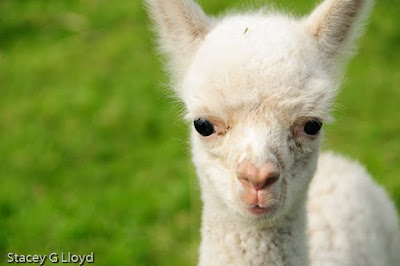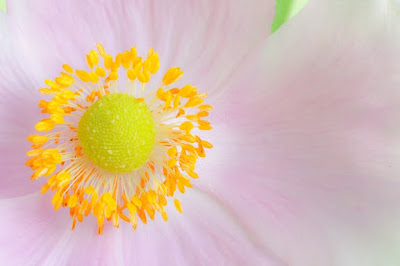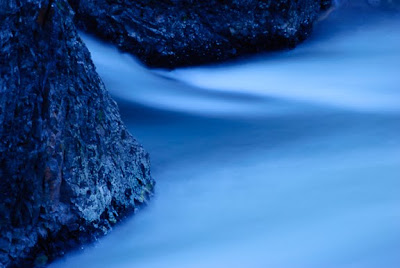
As an artist you inevitably end up placing your work into either competitive or critique situations. This happens when you submit work to art shows, stock agencies and/or galleries. Getting critiqued or having your work judged can take some getting used to. One good way to get some experience handling critiques is to join a photography club. Photography clubs generally provide many opportunities to have you work judged and/or critiqued (my club has both a competition night and a critique night once a month). Having your work critiqued or judged in a club setting can prepare you mentally and emotionally for the critiques that come when you are marketing your work. Clubs are also good place to meet other photographers, get inspired by what they are doing or find out about new places to shoot.
-
Recent Posts
Blogroll
Categories
Google Friends
Networked Blogs
Archives
- November 2012
- October 2012
- September 2012
- August 2012
- July 2012
- June 2012
- May 2012
- April 2012
- March 2012
- February 2012
- January 2012
- December 2011
- November 2011
- October 2011
- September 2011
- August 2011
- July 2011
- June 2011
- May 2011
- April 2011
- March 2011
- February 2011
- January 2011
- December 2010
- November 2010
- October 2010
- September 2010
- August 2010
- July 2010
- June 2010
- May 2010
- April 2010
- March 2010
- February 2010
- January 2010
- December 2009
- November 2009
- October 2009
- September 2009
- August 2009
- July 2009
- June 2009
- May 2009
- April 2009
- March 2009

 Just for a change of pace I stopped and shot a couple pictures at the local alpaca farm. I have included a few shots here in the blog. The alpaca’s were generally in the shade (but not always) with a bright sunny background. This creates some challenges for a photographer. Shooting HDR with moving subjects is not really an option (yet) so I decided to let the backgrounds blow out and use a shallow depth of field when possible (f6.3 for most of these shots – allows for some focus error due to animal movement). But the backgrounds don’t totally go white so I had to make some post processing decisions. For the lead image I selected the background and increased the exposure until it went totally white. In the second image I diffused the background and added a vignette.
Just for a change of pace I stopped and shot a couple pictures at the local alpaca farm. I have included a few shots here in the blog. The alpaca’s were generally in the shade (but not always) with a bright sunny background. This creates some challenges for a photographer. Shooting HDR with moving subjects is not really an option (yet) so I decided to let the backgrounds blow out and use a shallow depth of field when possible (f6.3 for most of these shots – allows for some focus error due to animal movement). But the backgrounds don’t totally go white so I had to make some post processing decisions. For the lead image I selected the background and increased the exposure until it went totally white. In the second image I diffused the background and added a vignette.

















